In today's fast-paced world of fashion, where trends come and go in the blink of an eye, it's essential to invest in garments that stand the test of time. But with countless options available, how can you tell if a piece of clothing is truly well-made? By learning to recognise the signs of good quality, you can make informed and sustainable shopping choices that not only benefit your wardrobe but also the planet. In this guide, we'll outline five key criteria for assessing the quality of clothing, equipping you with the knowledge to distinguish between well-made garments and low-quality imitations.
Fabric: The Foundation of Quality
The first sign of a well-made garment lies in its fabric. High-quality materials not only feel better against the skin but also last longer, making them a worthwhile investment. When assessing the fabric of a garment, look for natural fibres such as cotton, wool, silk, and linen, as these materials are known for their durability and breathability. Synthetic fabrics like polyester and acrylic, while cheaper, tend to wear out more quickly and may contribute to environmental pollution. Additionally, check the density and texture of the fabric – thicker, tightly woven fabrics are generally more durable than thin, loosely woven ones.
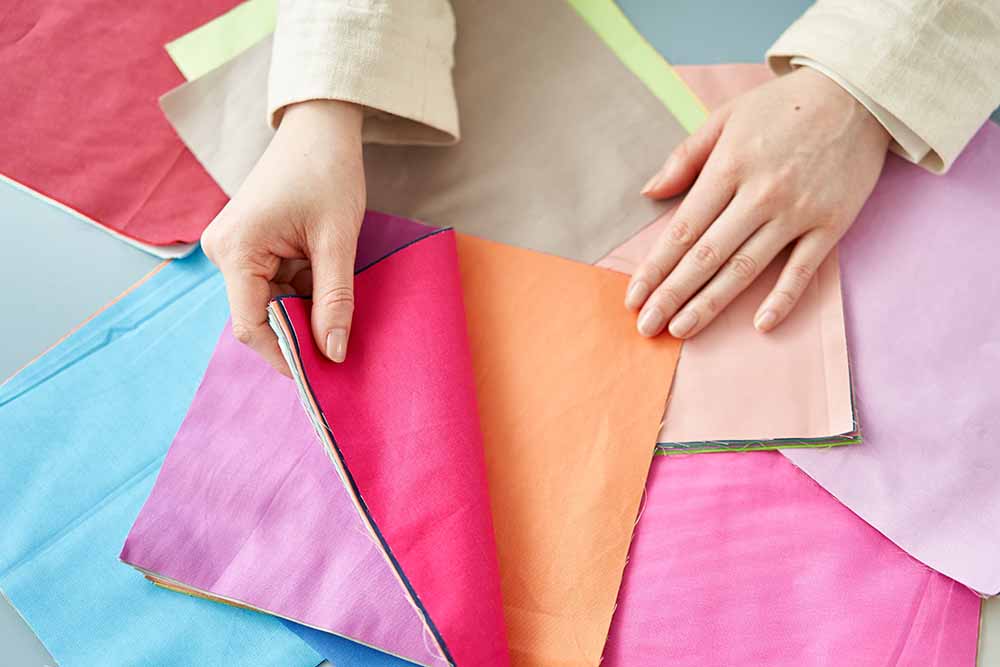
Image used for representational purposes only.
Construction: The Backbone of Durability
Next, examine the construction of the garment. A well-constructed piece will have strong, even seams that lie flat against the fabric. Check the stitching along the seams and hems – it should be tight, straight, and free of loose threads or irregularities. Pay attention to details like reinforced stitching at stress points, such as pockets and buttonholes, as these indicate extra care and attention to durability. Quality construction also extends to features like zippers and buttons, whichh should operate smoothly and securely without any signs of flimsiness or detachment.
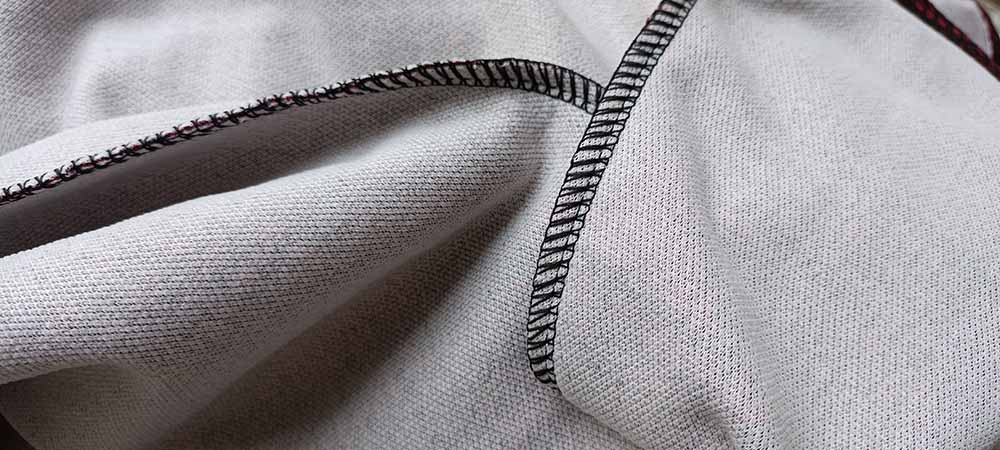
Image used for representational purposes only.
Stitching: The Mark of Craftsmanship
Stitching is a crucial indicator of garment quality, as it reflects the skill and precision of the maker. Look for well-executed stitching techniques, such as flat-felled seams, which are commonly used in jeans and outerwear for added strength and durability. French seams, where the raw edges of the fabric are encased within the seam for a clean finish, are another sign of quality construction. Avoid garments with uneven or sloppy stitching, as these are likely to unravel or come apart after minimal wear.
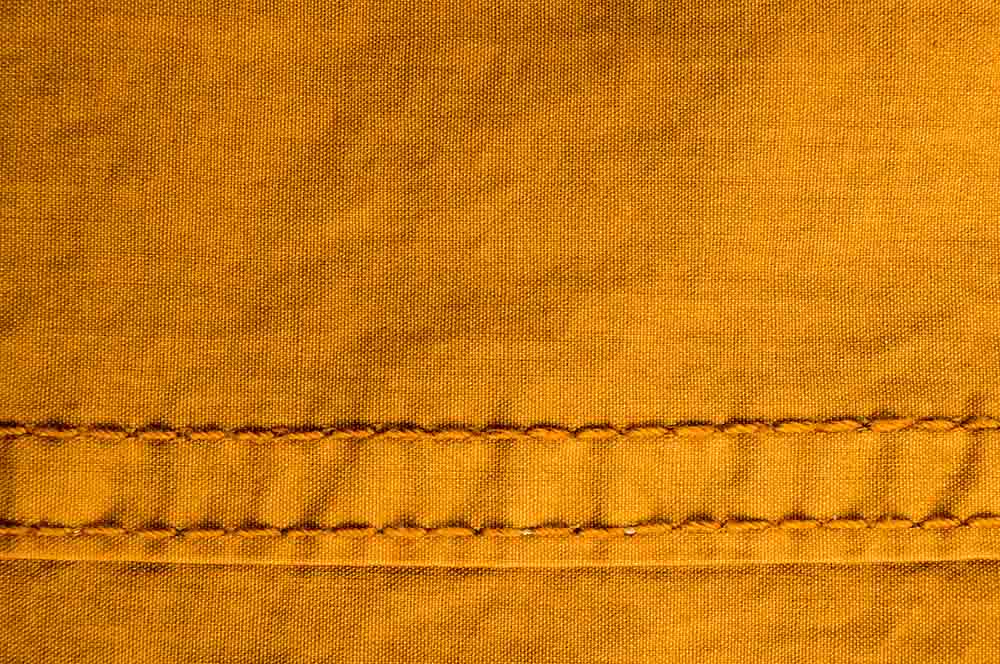
Image used for representational purposes only.
Detailing: The Hallmark of Excellence
Quality garments often feature thoughtful detailing that sets them apart from mass-produced items. Look for fine details like hand-stitched embroidery, intricate lacework, or delicate beading, which indicate careful craftsmanship and attention to design. Pay close attention to finishing touches like hemming, edging, and lining – these subtle details can make a significant difference in the overall appearance and longevity of the garment. Keep an eye out for hidden details as well, such as reinforced seams or concealed pockets, which add both functionality and durability to the garment.
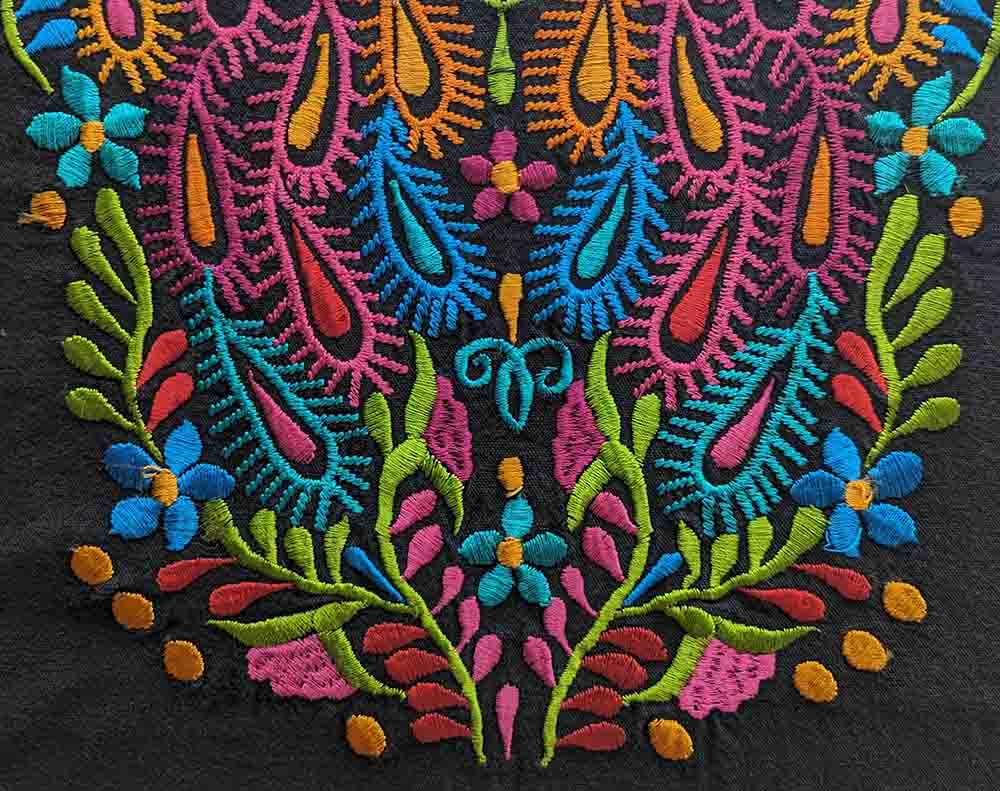
Image used for representational purposes only.
Finishing: The Final Touch
Last but not least, assess the finishing of the garment. Quality finishing ensures that the garment looks polished and professional, both inside and out. Check the edges of the fabric for clean, even finishes – raw or fraying edges are a sign of poor quality. Look for neatly trimmed threads and properly secured fastenings, such as buttons and snaps. Quality garments often feature finished seams and edges, with no visible raw edges or loose threads. Additionally, inspect the overall appearance of the garment for any signs of puckering, stretching, or misalignment, which may indicate subpar finishing techniques.
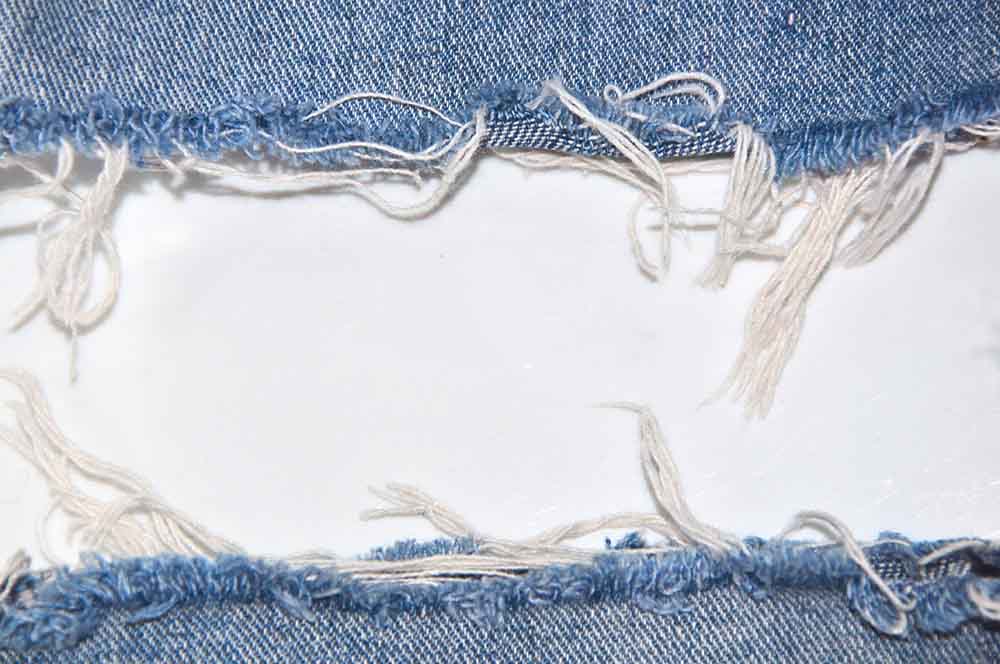
Image used for representational purposes only.
By paying attention to these five signs of good quality – fabric, construction, stitching, detailing, and finishing – you can make informed and sustainable shopping choices that prioritise durability, craftsmanship, and longevity. Remember to take your time when assessing garments, and don't be afraid to ask questions or seek out brands that prioritise quality and transparency in their manufacturing processes. By investing in well-made garments, you not only enhance your wardrobe but also contribute to a more sustainable and ethical fashion industry.